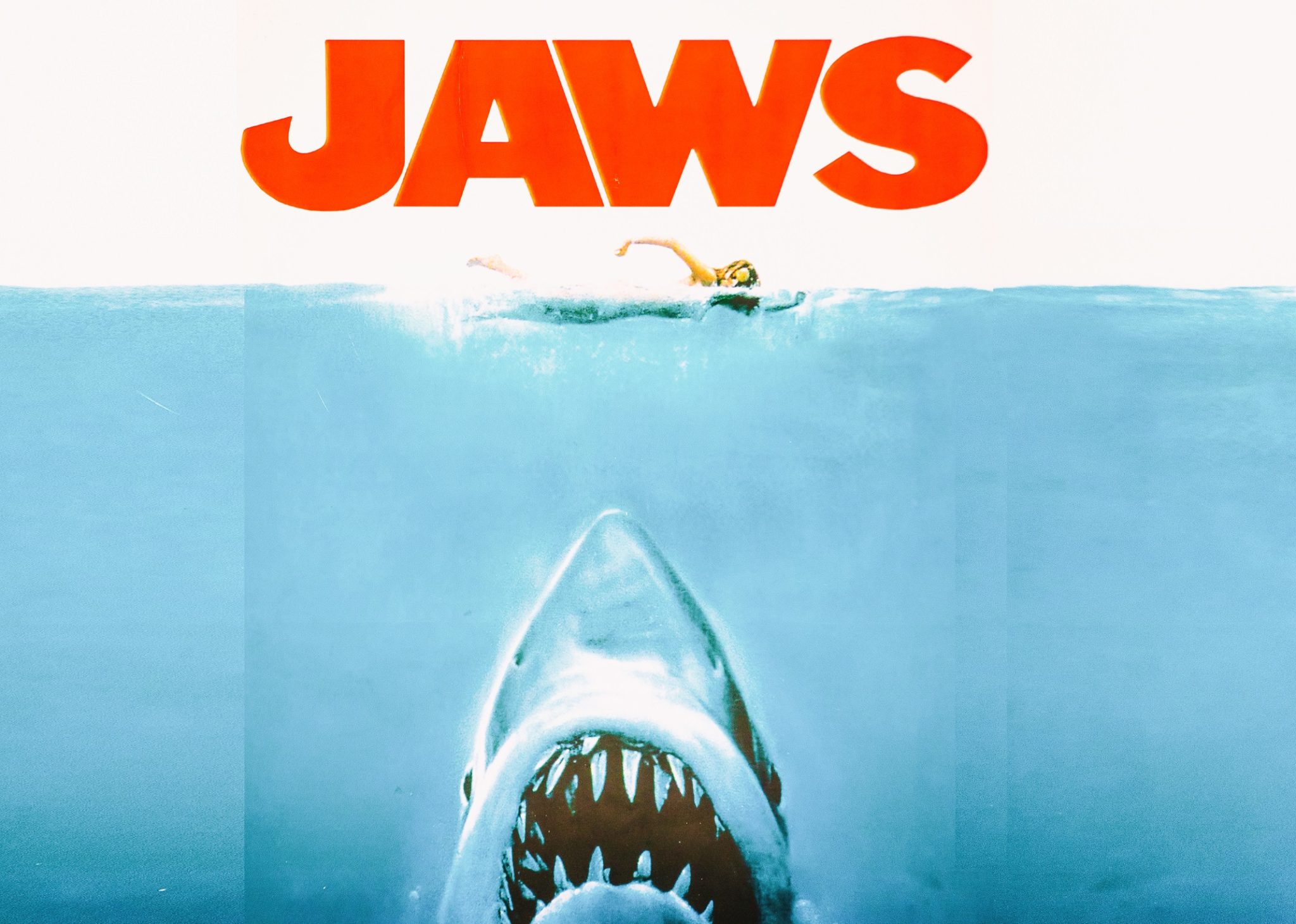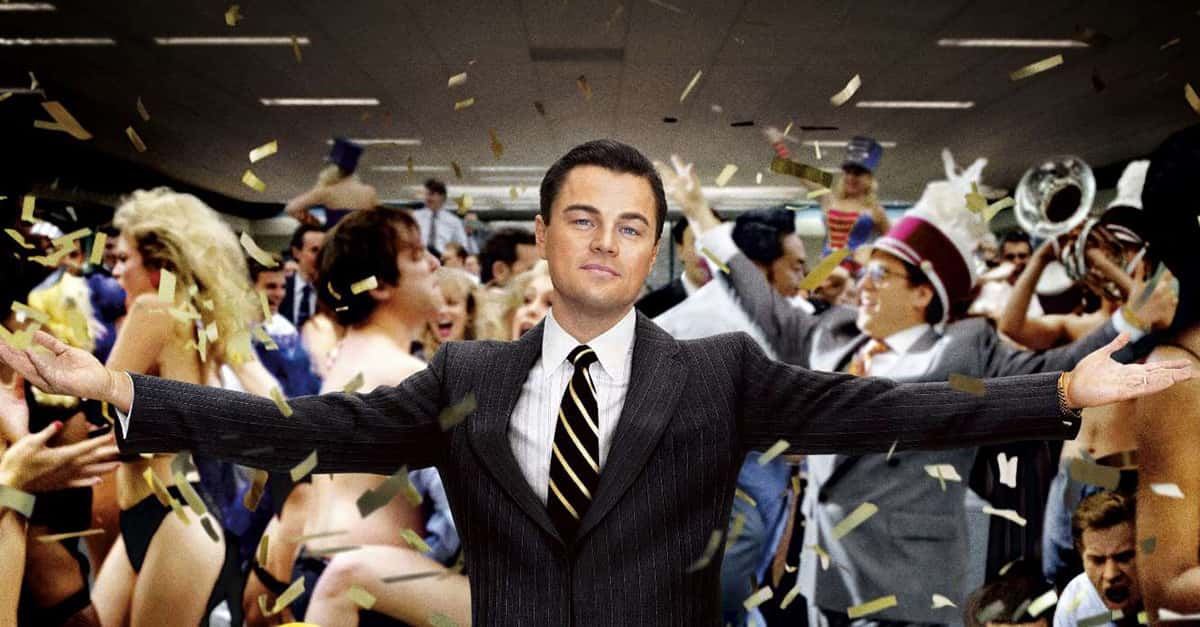Star-studded premieres, massive advertising campaigns, and big budget blockbusters: The movies are big money. Take a look at the stats, facts, and secrets behind Hollywood's film industry.
Hollywood Industry Facts
1. Power to the People
Minorities helped keep the US movie industry afloat in 2015; they accounted for 45% of ticket sales during that year.
2. A Sea of Money
As of September 2017, Pirates of the Caribbean: On Stranger Tides stands as the most expensive film of all time with a money-busting budget of $397 million.
 Pirates of the Caribbean: On Stranger Tides(2011), Walt Disney Pictures
Pirates of the Caribbean: On Stranger Tides(2011), Walt Disney Pictures
3. Frankly My Dear, That's a Lot of Money
Gone With the Wind (1939) is still the highest-grossing film of all time when adjusted for inflation. Its unadjusted gross is $198,676,459, while its adjusted gross is a staggering $1,685,052,200.
4. King Kong Ain't Got Nothing on Me!
Denzel Washington's performance as Detective Alonzo Harris in Training Day (2001) earned him the Academy Award for Best Actor, making him only the second black actor (after Sidney Poitier in 1964) to earn the honor.
 Training Day (2001), Village Roadshow Pictures
Training Day (2001), Village Roadshow Pictures
5. The Avengers Initiative
The films in the Marvel Cinematic Universe (e.g. Iron Man, Captain America) have collectively grossed over $13 billion worldwide. And we've still got Black Panther and Infinity War on deck.
6. Canuck Power
In 2016, Canadian director James Cameron had the distinction of directing the #1 and #2 highest-grossing films (unadjusted for inflation). Avatar (2009) sits at #1 with $2.788 billion and the #2 Titanic (1997) has $2.186 billion.
![]() Avatar (2009), 20th Century Fox
Avatar (2009), 20th Century Fox
7. D'oh!
In December 2017, Walt Disney acquired most of 21st Century Fox's television and film properties, including The Simpsons and X-Men. Since Disney also owns Marvel, does this mean Scarlet Witch and Quicksilver might finally be revealed to be Magneto's children?
 Captain America: The Winter Soldier (2014), Marvel Studios
Captain America: The Winter Soldier (2014), Marvel Studios
8. Why the Red Suit?
Deadpool (2016) usurped The Matrix Reloaded (2003) as the highest grossing R-Rated film after just six weeks in theaters. Deadpool's final gross of $783 million easily gets it past Reloaded's $742 million.
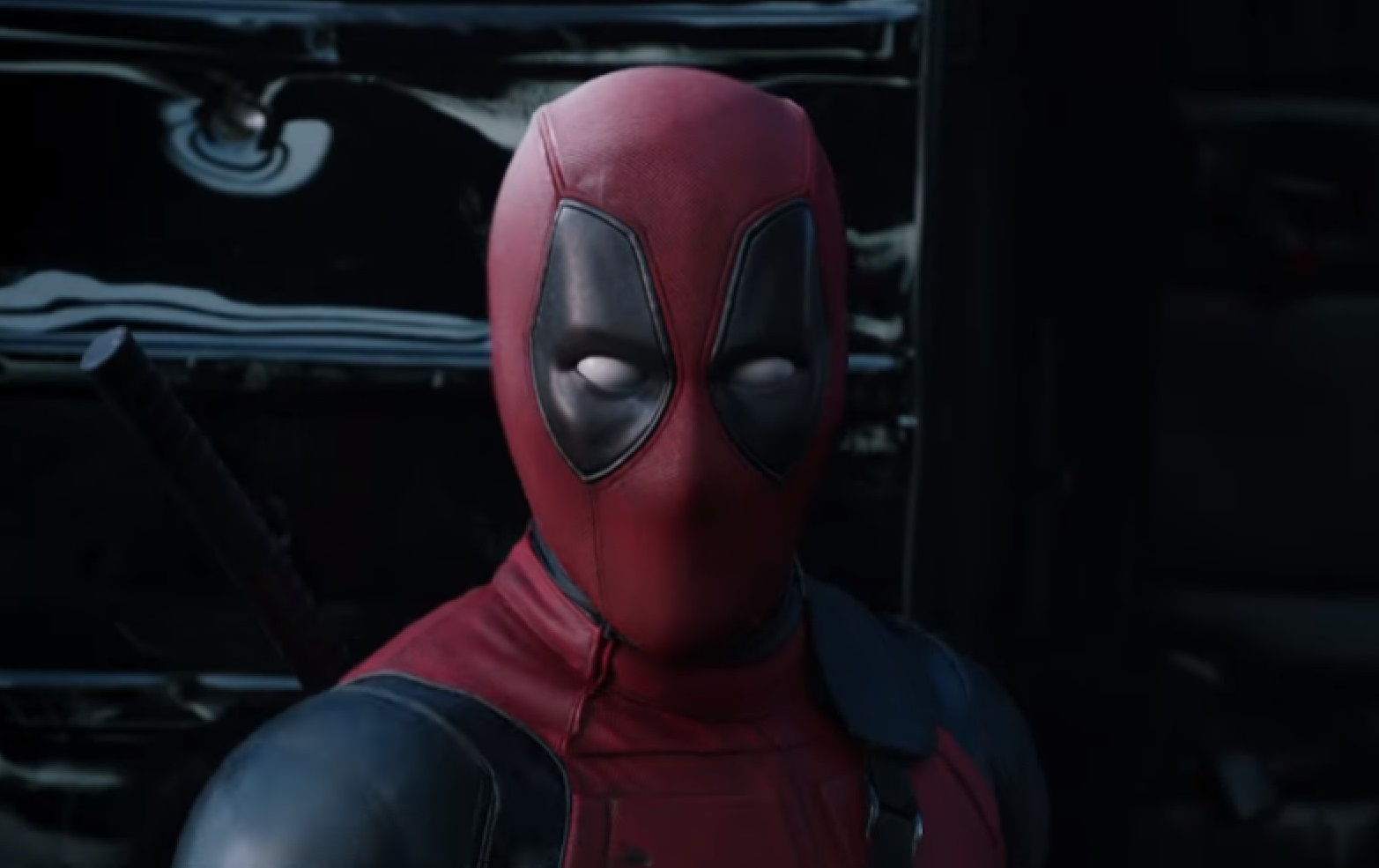 Deadpool (2016), 20th Century Fox
Deadpool (2016), 20th Century Fox
9. You'll Float Too
It (2017) is the highest-grossing horror film (unadjusted for inflation), with a total gross of $698,781,748. The Exorcist (1973) held onto its title for a long time with the unadjusted gross of $441 million, but couldn't overcome its younger challenger. If adjusted for inflation, however, The Exorcist still stands ahead with $1.794 billion.
 It (2017 film), New Line Cinema
It (2017 film), New Line Cinema

Sign up to our newsletter.
History’s most fascinating stories and darkest secrets, delivered to your inbox daily. Making distraction rewarding since 2017.
10. The Home Theater
The number of Americans who see a movie in theaters at least once a month has declined from 30% in 2000 to 10% in 2011. Television remains a lucrative business that cuts into the amount of time people devote to theaters, and while services like Netflix still result in some level of profit for films, these hosting services are not as lucrative as ticket sales. Additionally, DVD and Blu-Ray rentals have decreased by 36% since 2004.
11. On Demand
Due to increased competition from streaming services like Netflix and television as a whole, some studios have suggested eliminating theater run times completely and letting moviegoers watch their films at home at a higher price. Lionsgate was one of the first to attempt something like this by releasing Arbitrage in theaters and on-demand at the same time.
 Arbitrage (2012), Green Room Films
Arbitrage (2012), Green Room Films
12. Before the Blockbuster
During Hollywood’s “golden era” from the mid 1920s to 1960s, the wealthiest studios groomed certain actors, sculpting their image to make them more appealing to moviegoers, and instead of relying on box-office hits or "blockbusters," studios released numerous films that collectively would earn a decent profit.
This system persisted until new media like television made films generally less profitable, and the system shifted to one where studios increasingly relied on highly profitable “hits.” The studio no longer groomed an actor to suit a role; they were more likely to select an actor who had the desired level of marketability.
13. "You're gonna need a bigger boat"
Steven Spielberg's Jaws (1975) is credited with inventing the modern summer "blockbuster," mainly due to the $2 million marketing blitz and promotional tie-ins that led to the film's release. Jaws became the first feature film to make $235 million at the domestic (US) box office.
14. "I find your lack of faith disturbing"
After the success of American Graffiti (1973), director George Lucas pitched Star Wars to studios, but they were hesitant to pursue a sci-fi story, as it was a genre that had generated a bunch of duds in recent years. The studio was so concerned that the film would flop, they agreed to let Lucas keep licensing and merchandising rights, hence his billionaire status.
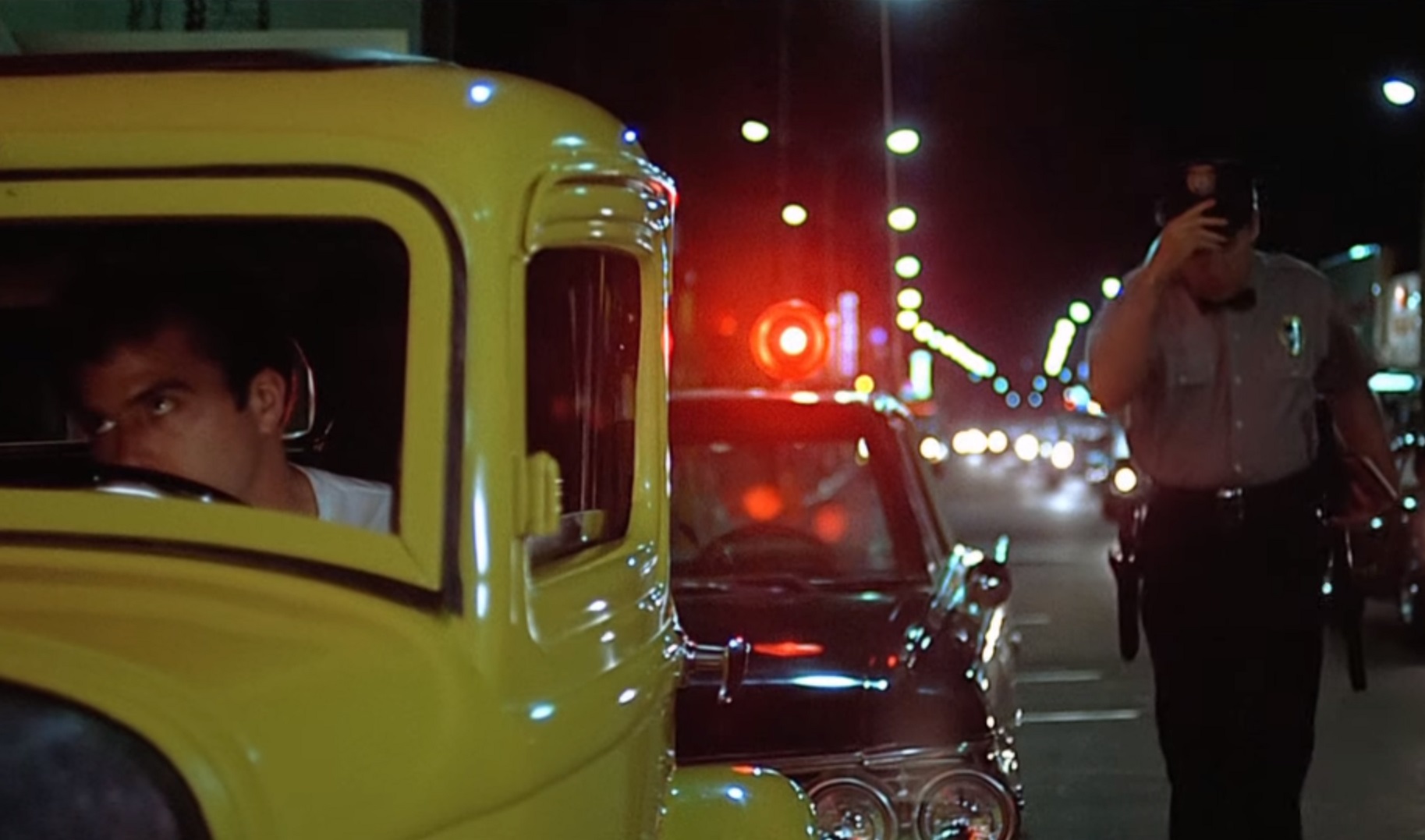 American Graffiti (1973), George Lucas
American Graffiti (1973), George Lucas
15. Good Vibrations
Mark Wahlberg topped Forbes' list of 2017's highest earning actors with $68 million, thanks to films like Transformers: The Last Night and Daddy's Home 2. However, Wahlberg was also assisted by an endorsement deal with AT&T and his family-owned Wahlburgers restaurant chain.
16. Get in on This
Get Out was the most profitable film of 2017, with a 630% return on investment. The Jordan Peele directed comedy-horror film made $252,329,516 on a budget of $4.5 million.
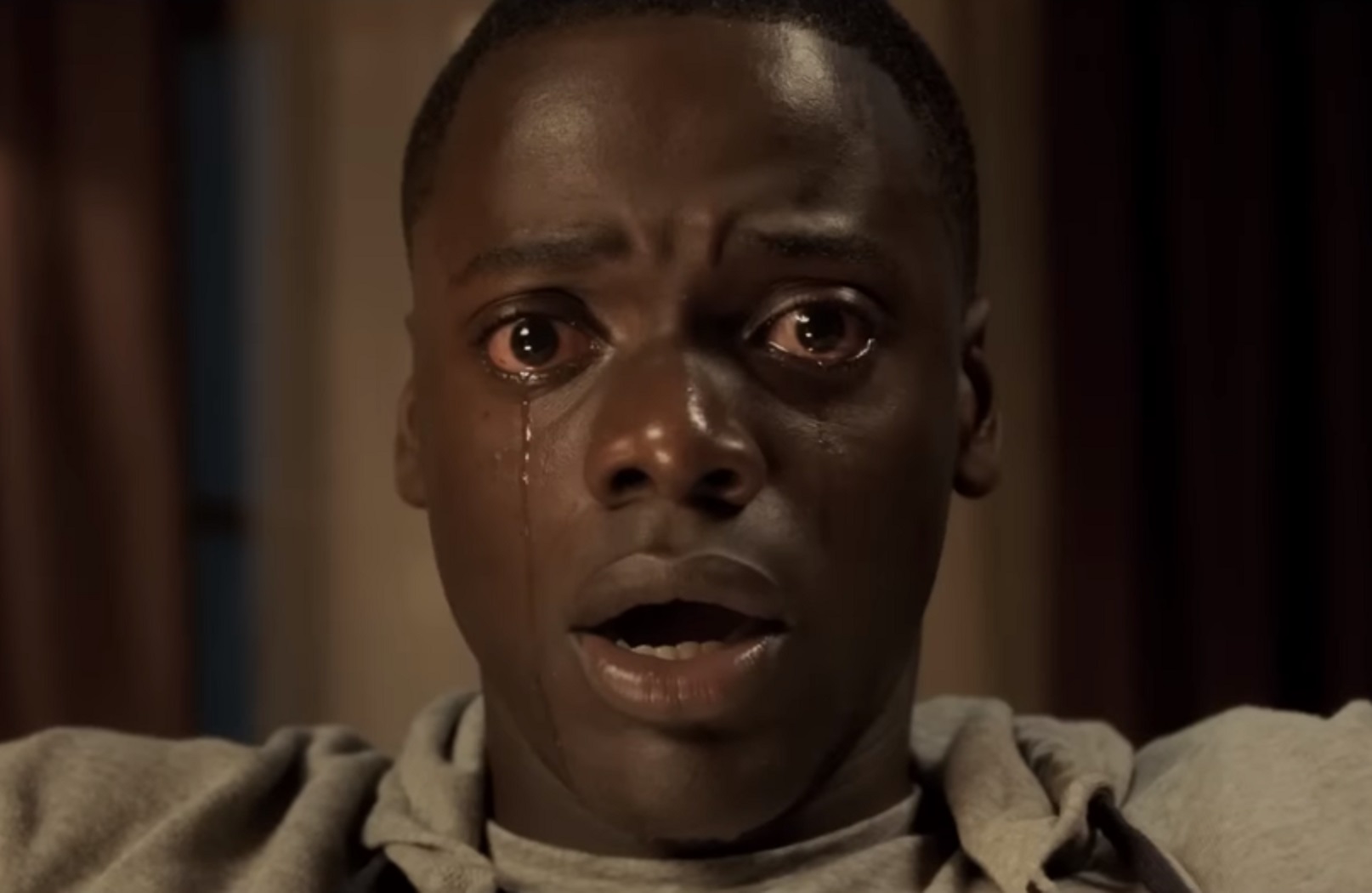 Get Out (2017), Blumhouse Productions
Get Out (2017), Blumhouse Productions
17. 1 Billion Tickets
China is the world's second largest movie market in terms of revenues generated from American films in China. However, China has also enacted policies to protect its domestic films from international competition. In America, studios keep about half of the theater gross, while China only allows American studios to keep a quarter of their gross. The country also limits the amount of foreign films that can enter its market, with the current limit at 34.
18. Go Digital
The move from analog to digital film was expected to make filming cheaper. However, digital film allows directors to do more takes and use digital editing, which ultimately uses up more time and money.
19. Sell Your Soul
Ever wonder why a relatively new director gets to direct a big project, e.g. Gareth Edwards going from Monsters (2010) to Godzilla (2014) and Rogue One (2016)? It might be partly due to their skill or stylistic similarities between their films, but another reason is that it is easier for the studio to exert their power over a new director in order to control his expenses. The studios would have less luck telling Spielberg he can't have another $5 million.
20. Viva!
In 2012, Latinos and Latinas attended more movies on average (9.5) than any other major ethnic group in the US. In comparison, Asians saw 6.5, African-Americans saw 6.3 and white audiences saw 6.1 films in the year. At 17% of the population in 2012, Latinos also bought 26% of movie tickets. AMC cinemas actually began to factor the demographics of an area into where it builds its studios, with particular attention being paid to areas with a higher Hispanic population. So that means it's high time for more Latinx representation in films.
21. All Hail the King
The Duffer Brothers, who created Stranger Things, initially wanted to direct the 2017 adaptation of Stephen King's It, but were rejected.
22. The Martian
Disney's John Carter (2012) resulted in losses for the studio that totalled about $200 million. The movie made $284 million, but it cost $250 million to make, which doesn't include massive marketing fees.
 John Carter (2012), Walt Disney Pictures
John Carter (2012), Walt Disney Pictures
23. The Home Crowd
The US English-language film Pacific Rim (2013) was able to make over $400 million in total, but just quarter of that gross came from US audiences; most of its money was made overseas. Other films that over-performed internationally include Troy (2004) and The Golden Compass (2007).
24. Lazy Millennials
In 2015, 18- to 24-year-olds accounted for 16% of movie tickets sold, despite being 10% of the population. This also made 18-24-year-olds the highest per capita (per individual) audience.
25. Not as Prestigious as You Thought
It’s meant to be a huge honor to be given a star on the Hollywood Walk of Fame, but did you know that all those celebrities with stars needed to pay $30,000 for it? That's what must be paid to the Hollywood Chamber of Commerce if you want a star.
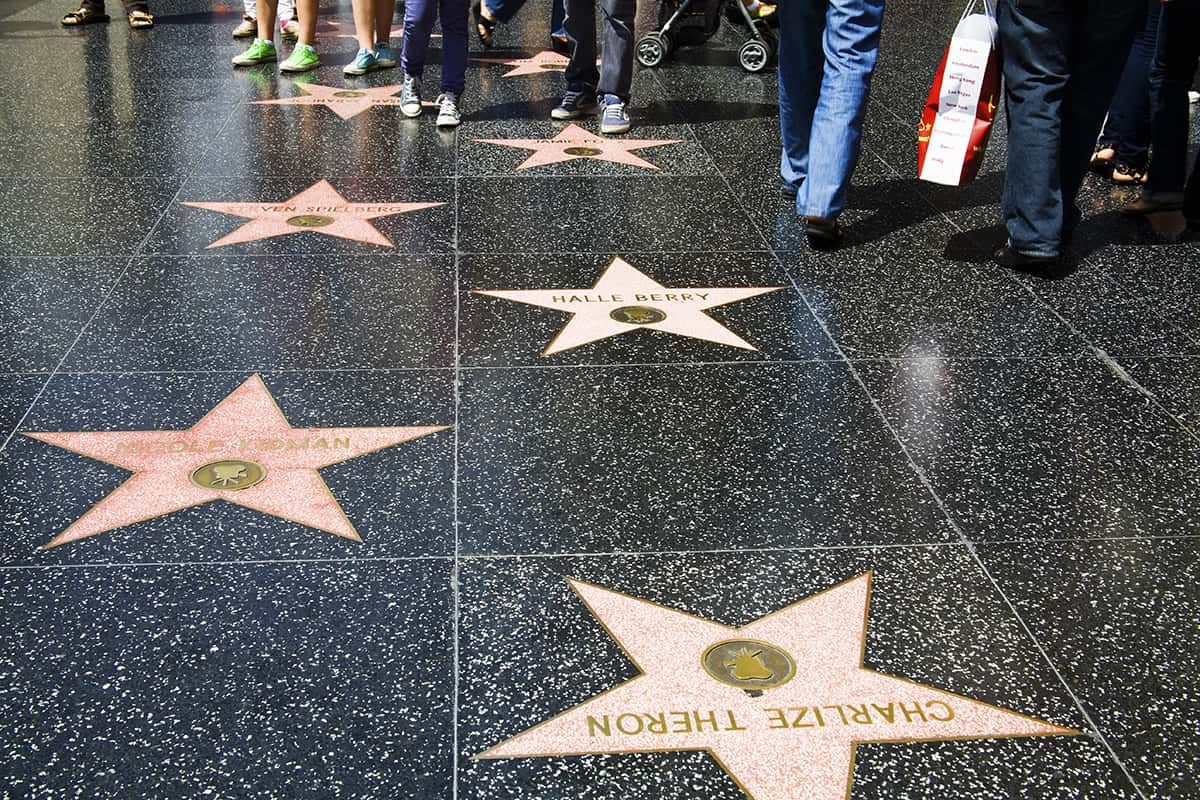 Getty Images
Getty Images
Sources: 1, 2, 3, 4, 5, 6, 7, 8, 9, 10, 11, 12, 13, 14, 15, 16, 17, 18, 19, 20, 21, 22






